As a dynamic and interactive solution, media signage has transformed marketing and communication methods. It has become a new way for organizations to interact with their target audience and increase brand visibility. But, media signage is effective and impactful only if you measure its Return on Investment (ROI).
In this post, we will discuss the tips to analyze ROI on media signage investments.
Objectives should be clearly stated
Before you get into ROI analysis, define your goals for your media signage expenditure. Do you want to boost foot traffic, increase sales, raise brand awareness, or improve consumer engagement? To assess its success, every objective requires the use of distinct measures. Setting specific goals from the start will help you align your analysis with the desired outcomes.
Foot traffic should be measured:
If you want to attract more customers to your physical location, measure foot traffic as it is very important. You should count the number of individuals who come within range of a media display by placing cameras or sensors near it. Foot traffic before and after media signage installation will provide insight into its impact on attracting potential customers.
Audience engagement metrics should be assessed:
Conversion and sales data should be tracked:
If your goal is to boost sales or conversions, tracking sales data before and after putting media signage is critical. You should accomplish this by displaying unique promotional codes or QR codes on the signs. By analyzing sales data, you can comprehend the direct influence of media signage on purchasing behavior.
Customer feedback and surveys should be incorporated:
To acquire qualitative insights into the effectiveness of your media signage, incorporate customer feedback and surveys. You will get customer opinions, preferences, and experiences regarding media signage from feedback. Use this information to find areas for improvement and to modify content to match the needs of your customers.
Brand awareness and recall surveys should be conducted:
Media signage has a tremendous impact on brand awareness and memory. You should conduct brand awareness surveys before and after installing media signage to assess brand recognition improvements. Also, check to see if people remember specific messages or campaigns exhibited on signage, and then connect it to their general opinion of your company.
Cost should be analyzed:
Without evaluating the cost, the ROI analysis of media signage implementation is incomplete. You should consider hardware, software, content production, installation, maintenance, and continuing updates expenses. Compare these expenses to the benefits achieved from improved sales, client retention, and other measurable benefits.
Comparison with traditional methods should be done:
Conduct A/B tests to compare the performance of media signage to traditional marketing strategies. You should run concurrent campaigns in different areas using media signage and traditional channels (e.g., print advertisements, static billboards). Calculate the ROI of each method and determine which option produces the best results.
Time frame for analysis should be followed:
Always conducts ROI analysis within a suitable time limit. Keep in mind that some of the advantages of media signage, such as enhanced brand awareness, take time to manifest. You should consider both the short-term and long-term effects to get a complete picture of the investment's profitability.



